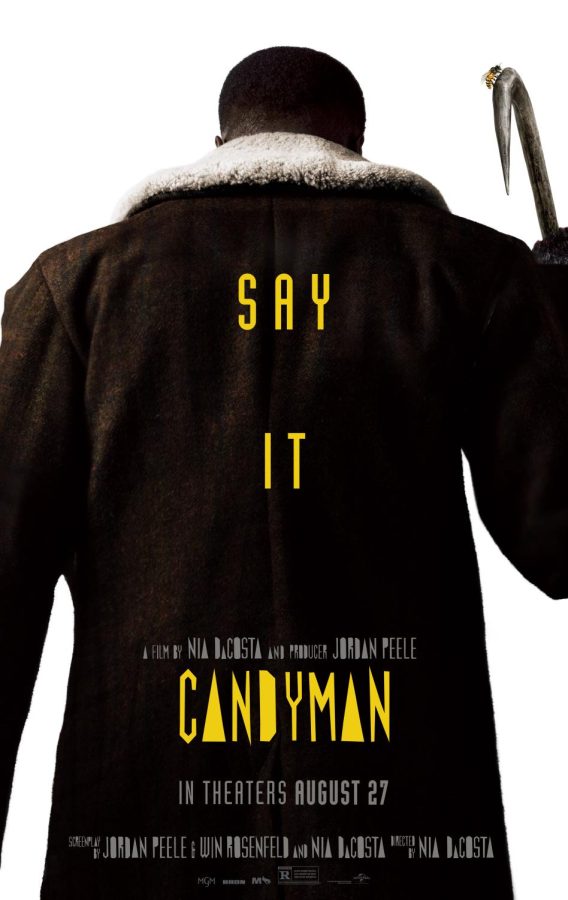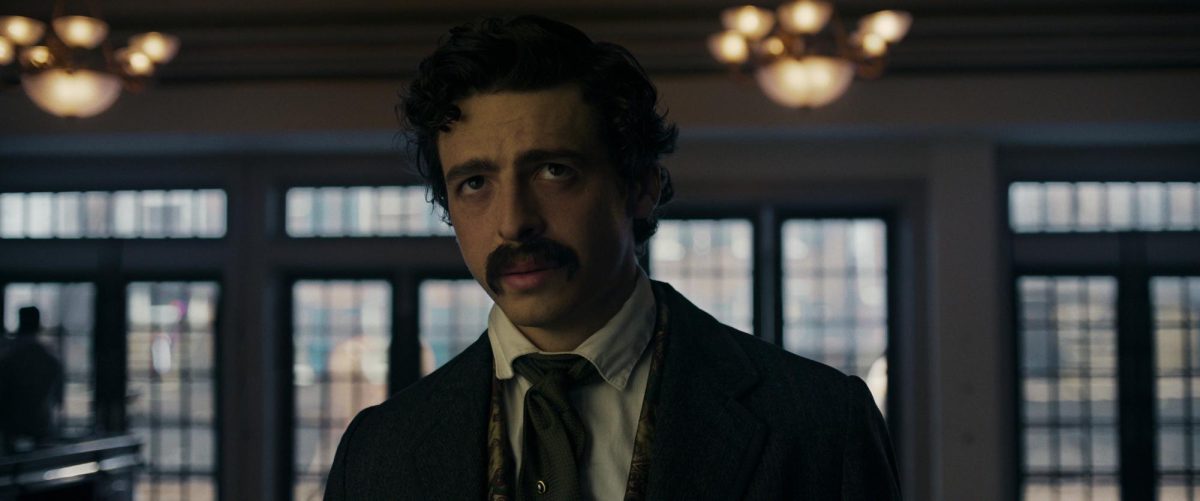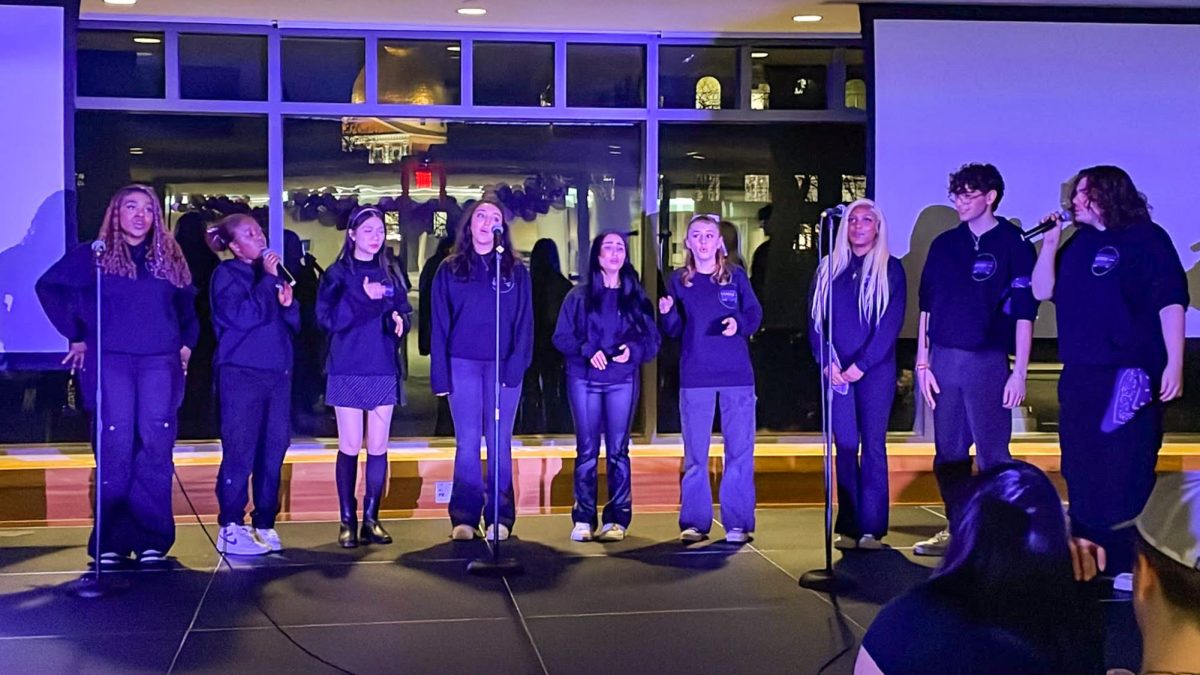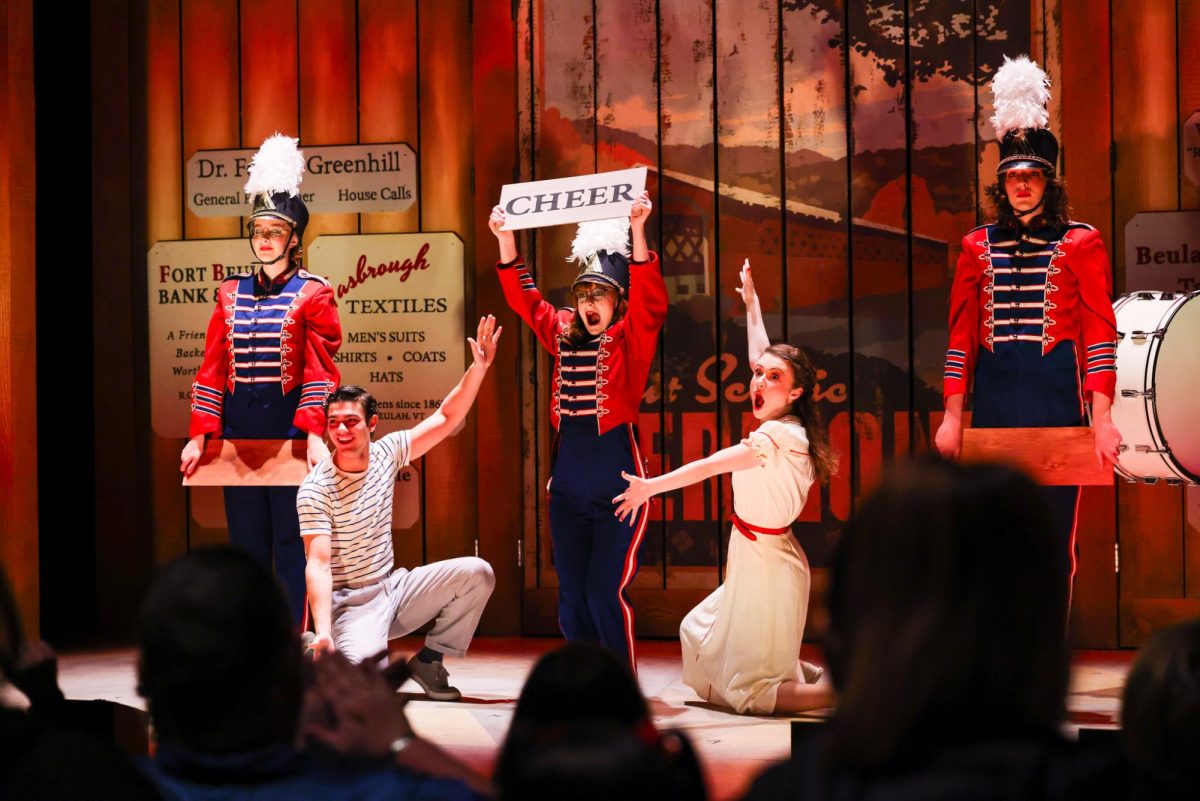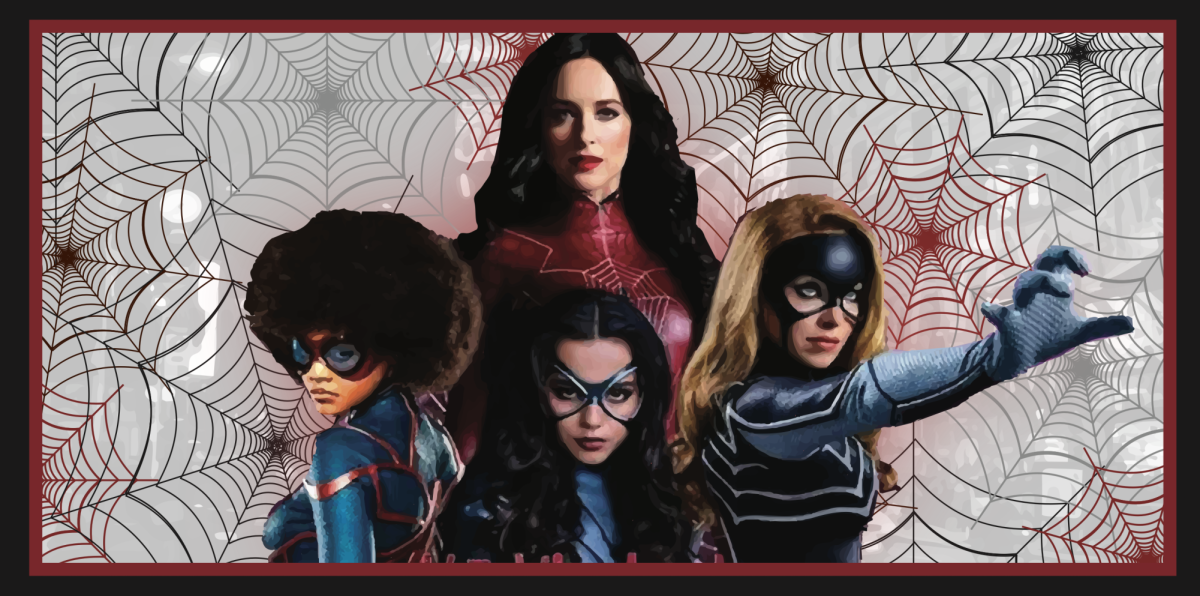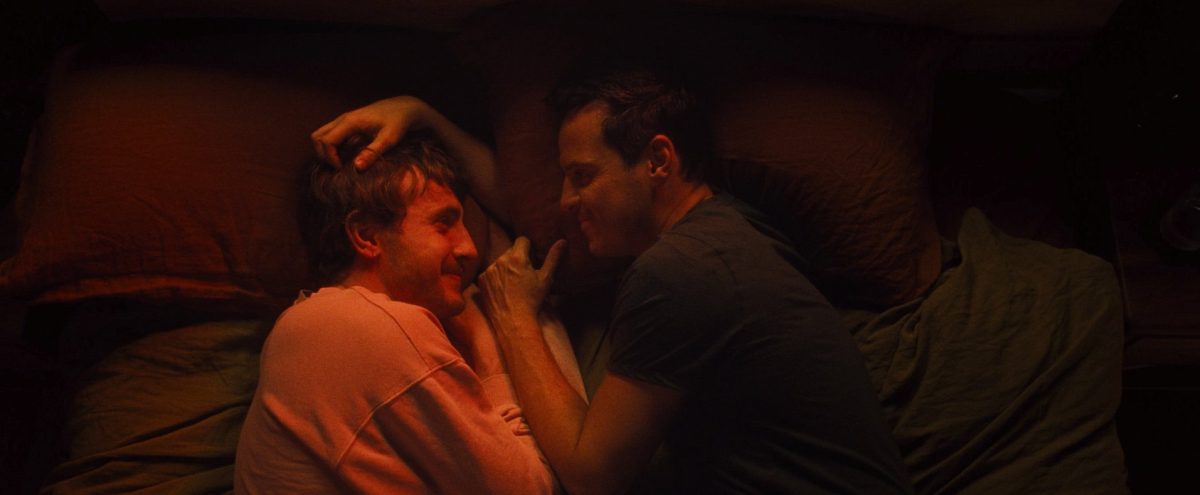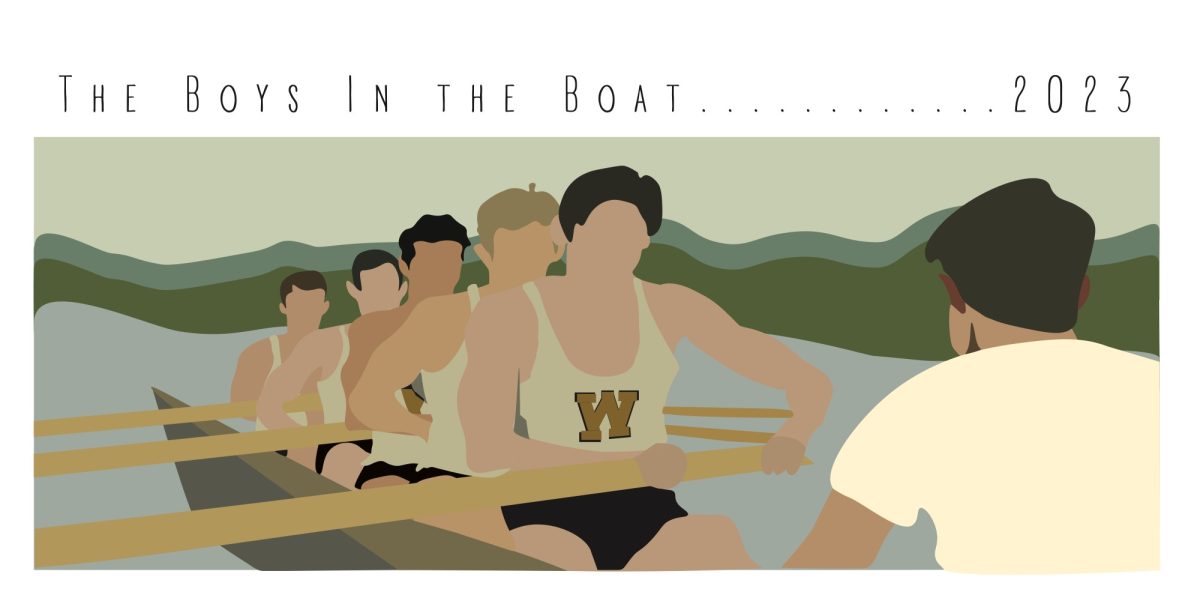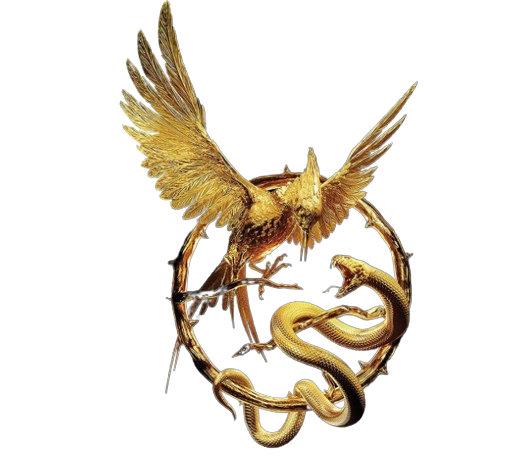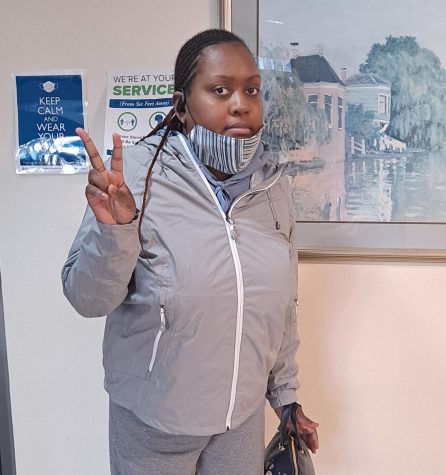Candyman is back and badder than ever, and by badder, I mean the gruesome actions are just too good to ignore.
Director Nia DaCosta really outdid herself with “Candyman,” the sequel to the 1992 original. The rest of the sequels in the franchise were erased completely, which is a good thing.
Instead of trying to skim over certain issues seen in the original, DaCosta’s main focus is on the younger generation and the growing problems with racial discrimination and gentrification of this era. People of color are often pushed out of their neighborhoods for high rise condos, exacerbating inequality and instilling distrust and fear in these marginalized communities — feelings DaCosta shows well.
The film has deep roots and connections to the original, and ignored the other sequels after the first one, while also addressing problems of police brutality and racial discrimination. The actors speak to the viewers in a way of struggling to adapt to the outside perspective, while harnessing the gruesome story of Candyman himself.
Yahya Abdul-Mateen II plays visual artist, Anthony McCoy, who is drawn to the dreadful slasher and the Cabrini-Green projects in Chicago, which has been haunted by the crime that was committed in the ‘90s.
The audience is also introduced to another Candyman from the ‘70s named Sherman Fields, played by Michael Hargrove. Fields’ legacy was that he was falsely accused of a crime he didn’t commit, and was brutally killed by police officers for it.
The cast in the film plays on the nerves of those who could be next and what is happening to Anthony, as he digs deep into the legacy of the two villains.
The film hits serious topics about police brutality, urban legends and the growing change from each decade. The film didn’t waste time with the killings and it showed cleverly.
It was great to see the film bring back two characters from the original. Tony Todd came back to reprise his 1992 version of the boogeyman, while Virgina Madsen’s voice was used for Helen Lyle, the doomed graduate student who fought the ‘90s Candyman.
The use of shadow puppets for retelling old tales from events from the first film, instead of using stock footage, was brilliant. The cinematography was beautiful and stylish, as it had the viewers use their imagination to figure out what was going to happen to the victims when they met their final fate.
“Candyman” is highly impressive, but frightening at the same time. It takes a lot to do that and the filmmakers did it with ease. This is the horror film of the year that you can’t miss. However, don’t say his name more than once. You have been warned!
Follow Imani on Twitter @Joyqueen.


